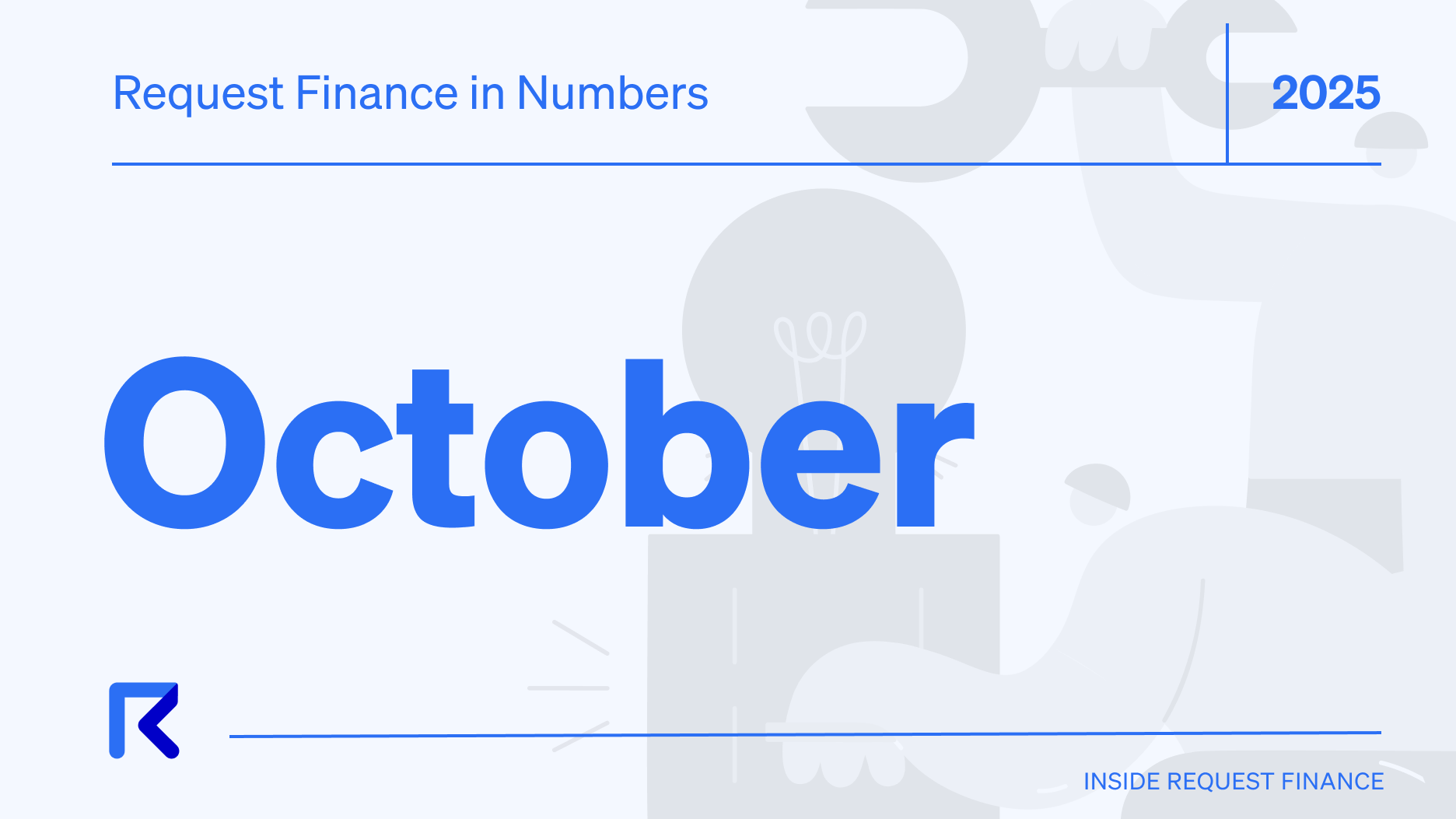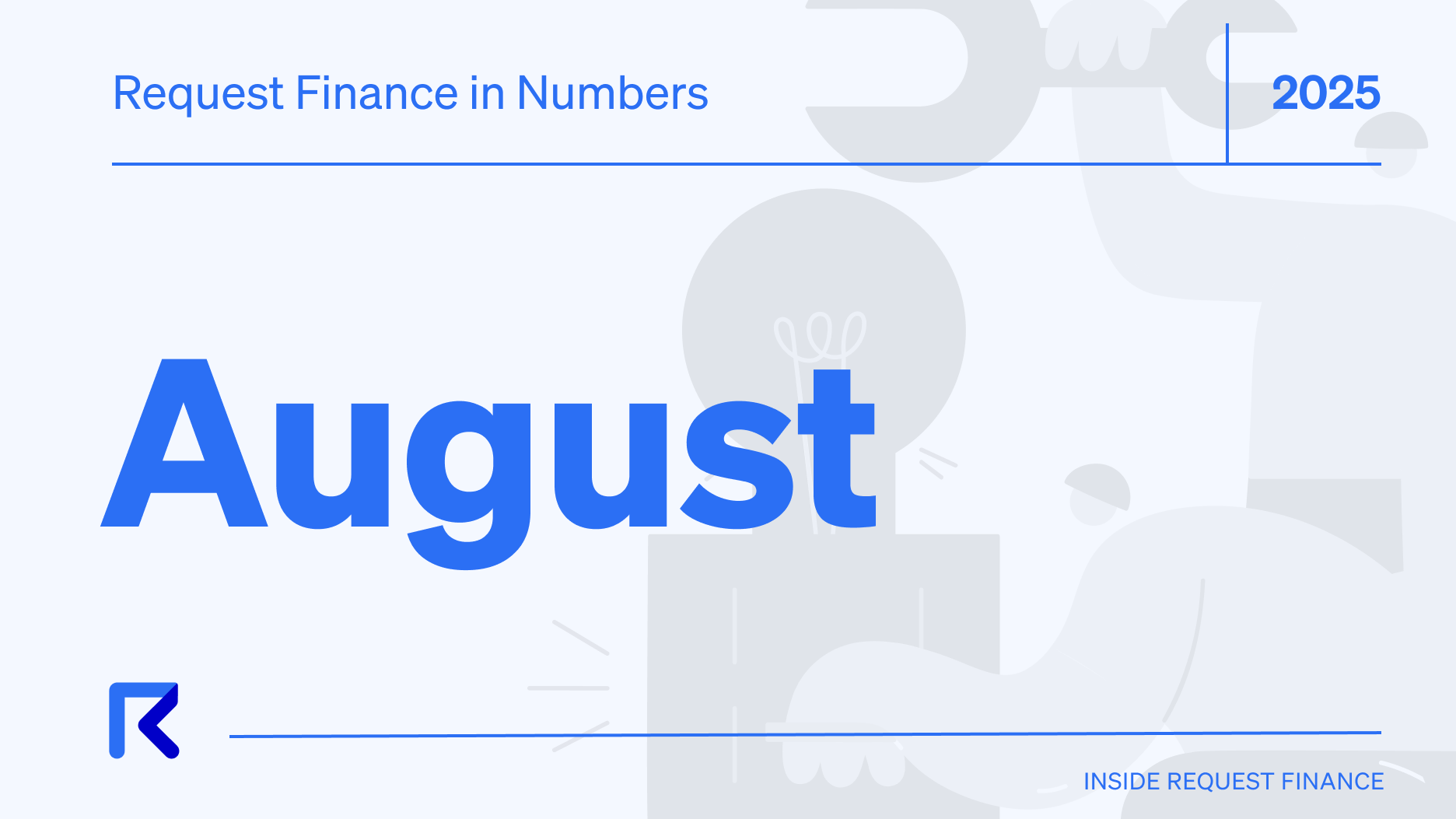Understanding and comparing Gas Fees in Web3
Dive into the world of blockchain gas fees, decoding complexities, costs and compare Ethereum with emerging blockchains.

Gas fees are a frequently discussed topic in the web3 universe and can pose a financial/accounting challenge for CFOs.
But what exactly do gas fees entail?
Gas exists to support validators in their technical operations (energy, hardware, warehouse, people costs etc.), and to limit the risk of spam transactions. The gas cost for a given transaction depends on its complexity and the blockchain context: are current blocks full or not? Is there a strong competition among participants to be picked by validators?
Figure out how gas fees are calculated
To understand how gas fees are determined on Ethereum, let’s take a look at an example on etherscan

Not easy to understand, right?
Here is an explanation of all those pieces of information above:
First of all, we need to explain to unit of measurement:
A - Transaction fee: the amount of gas fee we really paid for a transaction
B - Gas limit: the unity of complexity of a transaction (like watt for electricity)
C - Gas fees (in gwei): a unity of measurement in micro ETH
A (Transaction fee): B * C
B (Gas limit):
- 144 306 (87.87%) is the amount of gas used to validate the transaction in the block
- The other 12.13% (164 233 - 144 306) is the marge taken by the Dapp to ensure the transaction won’t fail
C (Gas Fees):
- Base: this is the unit cost per consensus of this block → the minimum to pay to execute the transaction in this block. An algorithm calculates this unit cost for each block, depending on the number of transactions
- Max: this is the limit to validate the transaction in the current block. As long as Base + Max priority <= Max the transaction can be validate in the block
- Max priority: this an additional cost to maximize the chance to validate the transaction in the current block
Burnt: this the amount of eth burnt for the transaction (As validators are ETH owners, the burn is a indirect reward because it’s raise the ETH price (deflation mechanism))
Dapps cannot know the exact difficulty (and associated costs) for a given transaction, because the context can change up to the very last moment. Theoretically, the complexity could be infinite and the protocol is designed to prevent bad situations. Dapps or wallets estimate the transaction complexity based on a recent block and a margin atop to maximize your chance of a successful transaction while minimizing your risk.
Gas fees on the Ethereum network are known to be significantly higher because of the High popularity and demand, this is the most secured compared to its competitors
Ready to Supercharge Your Crypto Accounting?
Stop wasting time, manually creating journal entries. Automate your accounting now, and enjoy error-free reporting
Learn how to scale your company's crypto & fiat financial operations
Your financial complexities are our specialties. Schedule your free consultation today and discover how Request Finance can transform your financial operations
Simplify crypto and fiat financial operations today
Rely on a secure, hassle-free process to manage your crypto invoices, expenses, payroll & accounting.
Blockchains comparison
The gas fee issue is one of the reasons new blockchains have emerged in recent years. Here is a comparison of Ethereum with some of them:

Crypto finance tips straight to your inbox
We'll email you once a week with quality resources to help you manage crypto and fiat operations
Trending articles
Get up to date with the most read publications of the month.
Our latest articles
News, guides, tips and more content to help you handle your crypto finances.












